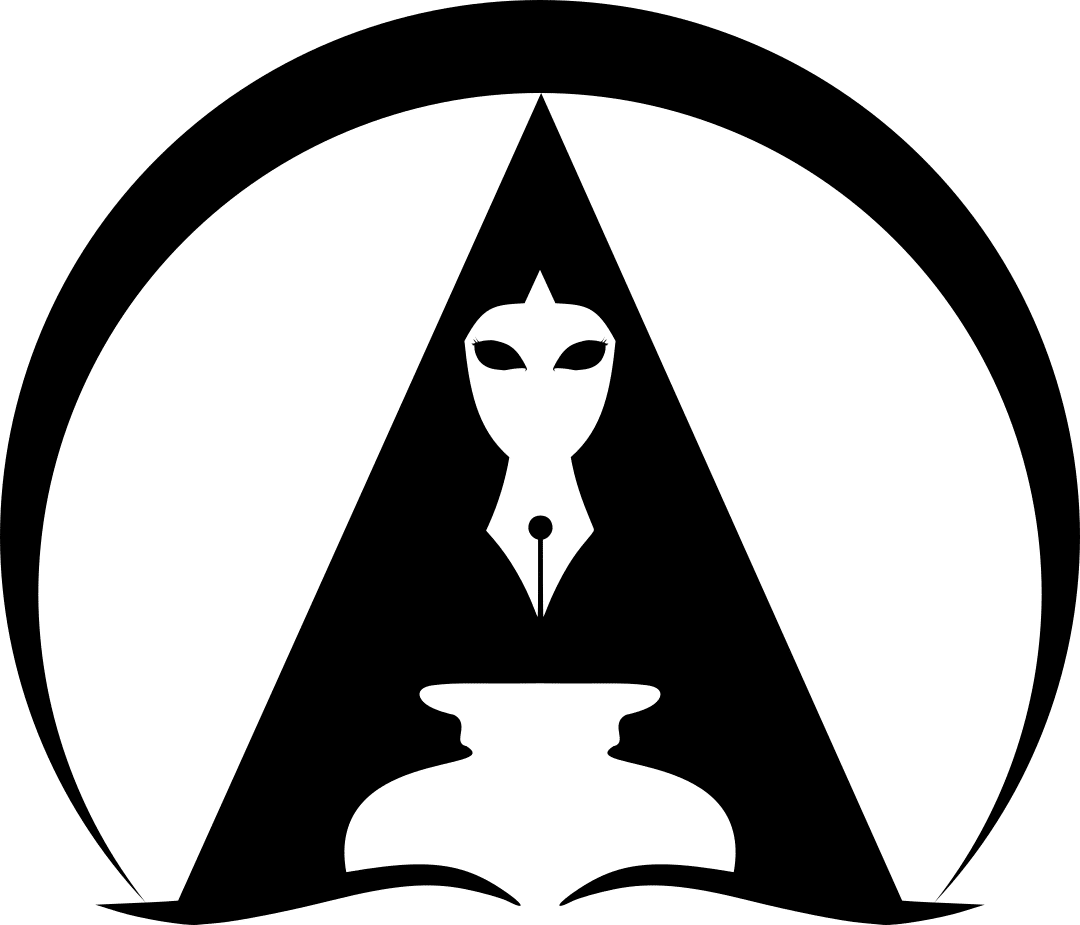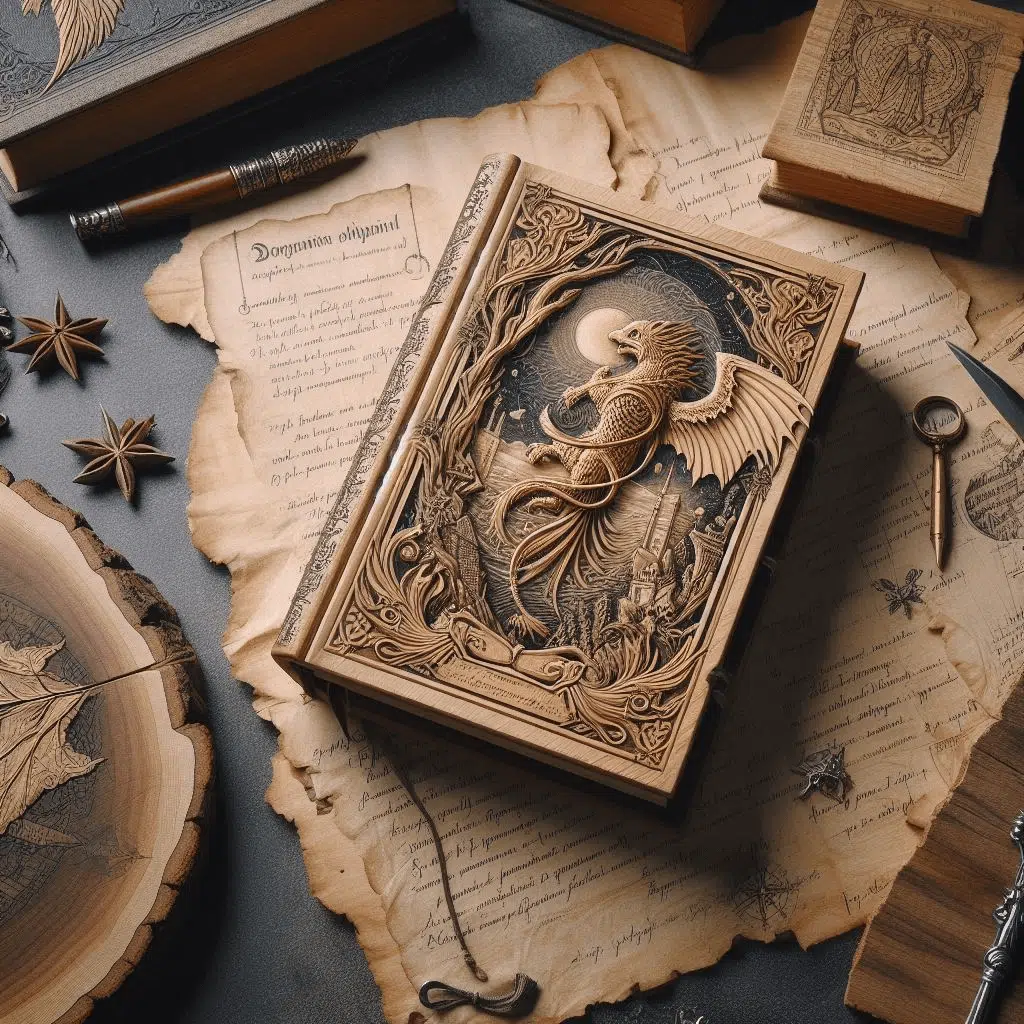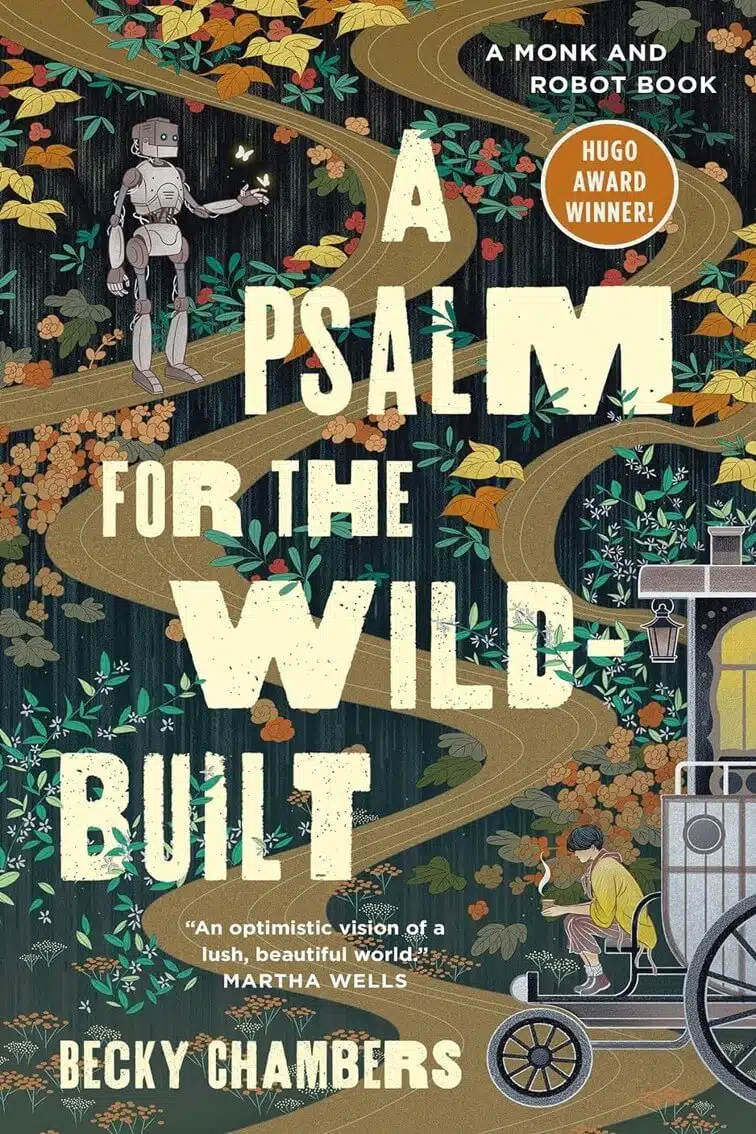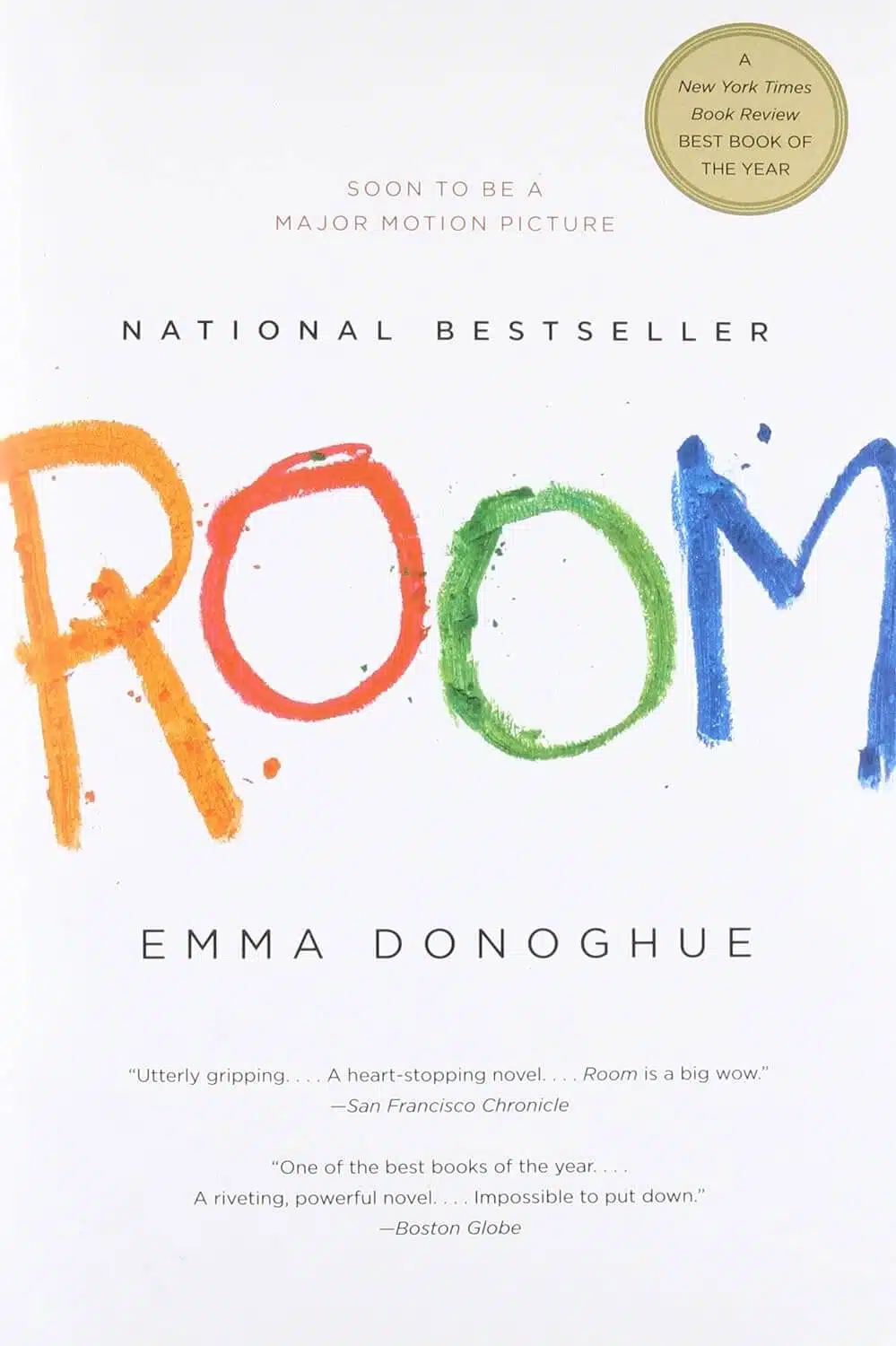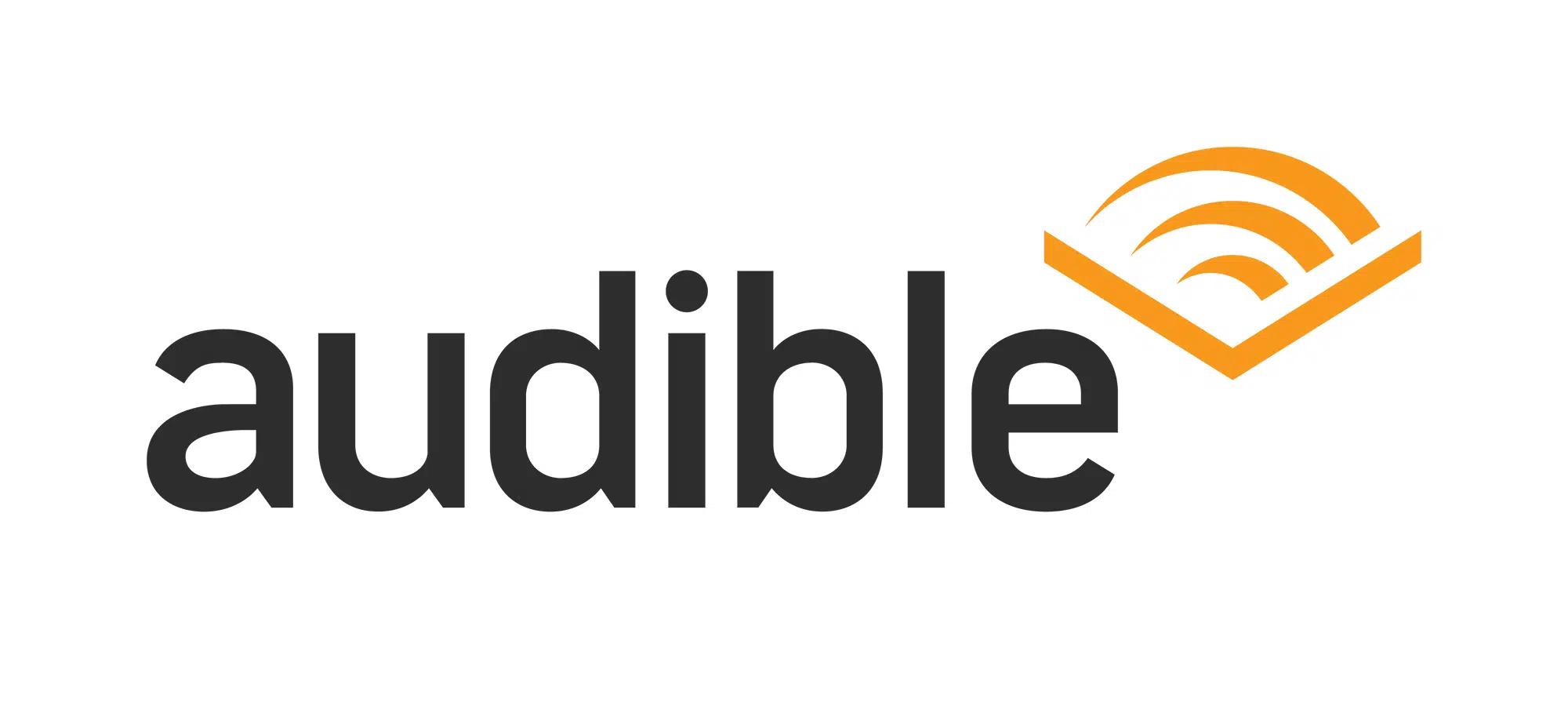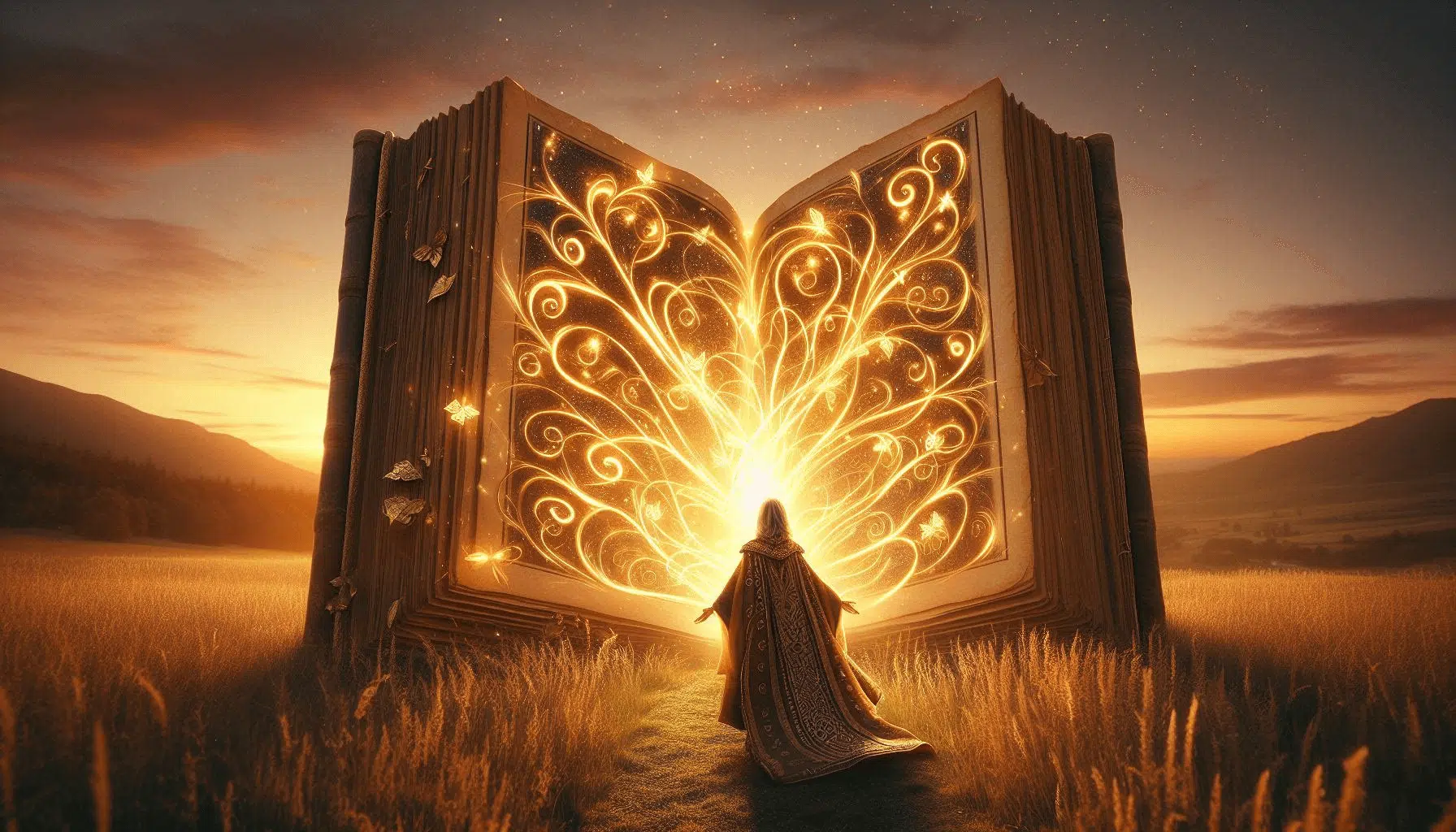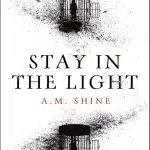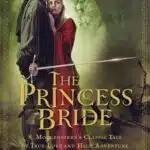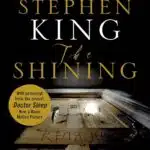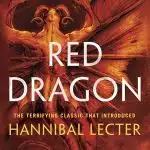Introduction
Although the words “novel” and “book” are sometimes used interchangeably, there is a significant difference. To the casual observer, a book is a book is a book. But ask any dedicated reader, and they’ll tell you that the likeness stops there. So, what exactly is a novel and how is it different from a book?
The word “novel” comes from the Latin word for “novellus,” meaning “new,” so a novel is just a new story. In contrast, the word “book” comes from the Old English word “boc,” meaning “beech”, and the connection between “book” and “beech” is believed to be due to the ancient practice of inscribing runes on beechwood tablets.
Therefore, a book is any physical object that contains a set of printed sheets of paper bound together in one spine. A novel is a book-length work of fiction, and a book can either be fiction (made-up) or nonfiction (factual). So, all novels are books, but not all books are novels. It’s kind of like how all squares can be rectangles, but not all rectangles can be squares.
Now that we’ve got a basic understanding of the difference between novels and books, let’s take a closer look at each one.
What Is Fiction?
A novel is a work of fiction that is book-length, meaning it is long enough to fill an entire book. It is a made-up story, even though sometimes the characters, settings, or plot may be based on real people, places, or events.
A novel has a beginning, a middle, and an end, though not all novels are this linear. Some novels are experimental and play with time and perspective, while others are nonlinear, telling the story out of order or in multiple timelines. But regardless of the story’s order, novels are structured into chapters and scenes.
Novels typically follow one main character, (protagonist), on their journey through the story and the events that take place are often a result of the choices that the protagonist makes. Along the way, they will encounter conflict, both internal and external, which they must overcome in order to reach their goal.
The story is usually told from the perspective (point of view) of the protagonist and can be written in either first person, second person, or third person. Verb tenses also play a particular important part here and can be written in either past tense, present tense, or future tense.
Novels are for our entertainment and often take us on an emotional rollercoaster. We get to explore different worlds, meet new people, and watch the characters grow and change. It can reveal things about us that we never knew before and help us to understand other people’s perspectives on social, political, and economic issues, and love, life, and death.
Although it varies depending on who you ask, what sites you visit, and what genre the novel falls into, a novel can be anywhere from 40,000 to 120,000 words long. However, the average word count, or sweet spot if you will, is between 70,000 and 90,000 words.
Novels can be written in any genre, from romance to mystery to science fiction to horror, and because there are so many subgenres within each genre, there really are no limits when it comes to what a novelist can write about.
Here are a few of the most popular main fiction genres:
- Adventure: This genre typically features high-stakes plots with lots of excitement, danger, and suspense.
- Fantasy: This genre takes place in a world that is different from ours, often with magical or supernatural elements.
- Horror: This genre is designed to evoke fear in the reader, often through suspense, violence, and gore.
- Mystery: This genre is all about the clues and suspenseful reveals, as the reader tries to figure out “whodunit”.
- Romance: This genre is all about the love story, and typically features a “happily ever after” ending.
- Science Fiction: This genre typically explores the future, and often includes elements of science and technology that are not yet possible.
- Thriller: This genre is designed to keep the reader on the edge of their seat, with lots of suspense, action, and danger.
- Young Adult: This is a category of fiction (not a genre), but I’ve added it to this list because it is so popular. Young Adult is written for readers from twelve to eighteen years of age, and often features protagonists that are still in the process of finding themselves.
Some well-known examples of novels include:
- To Kill a Mockingbird by Harper Lee
- The Catcher in the Rye by J.D. Salinger
- Pride and Prejudice by Jane Austen
- The Hunger Games by Suzanne Collins
- The Great Gatsby by F. Scott Fitzgerald
- The Handmaid’s Tale by Margaret Atwood
- Carrie by Stephen King
See How to Write a Novel in 15 Steps for more information on how to get started writing your own novel.
What Is Nonfiction?
Nonfiction books are based on real people, places, and events. They are true stories written about someone’s personal experiences or an expert’s knowledge on a particular subject. While fiction can have traces of truth in it, nonfiction can lose all credibility if even one factual element is proven to be false.
Nonfiction is usually divided into sections or chapters that each cover a different topic. This makes nonfiction books easier to reference later on because you can easily flip to the chapter or section you are looking for.
Nonfiction is told from the author’s point of view and is typically written in first person, although, as in journalism, third person is often used to sound more objective. The verb tenses used are usually past tense, but some books may be written in present tense if the events are still unfolding.
Nonfiction is written to inform the reader about a particular subject, to share someone’s story, or to persuade the reader to acknowledge, or take action on, a specific problem. However, this doesn’t mean that nonfiction can’t be enjoyable to read. A good nonfiction book will have a strong narrative arc that keeps the reader engaged, even if they already know a lot about the subject.
Nonfiction books can be anywhere from 30,000 to 100,000 words long, but some books can be shorter or much longer, depending on their subject matter.
Like novels, nonfiction books also have genres, from history to science to memoirs to true crime. It can be instructional, like a cookbook or self-help book, or it can be a collection of essays, like a travelogue or an autobiography.
Here are a few of the most popular main nonfiction genres:
- Autobiography: This is a first-person account of someone’s life, written by that person.
- Biography: This is a first-person or third-person account of someone else’s life, written by another author.
- Food Writing: This is a type of nonfiction that covers all aspects of food, from cooking and eating to the history and culture surrounding food.
- Health: This genre covers all aspects of physical and mental health, from exercise and nutrition to mental health and wellbeing.
- History: This genre covers the people, events, and places of the past.
- Memoir: This is a first-person account of someone’s life, similar to an autobiography, but often focusing on a particular subject or theme.
- Religion: This genre covers books about religious beliefs, practices, and history.
- Science: This genre covers a wide range of topics, from the physical sciences to the social sciences.
- Self-Help: This genre offers advice and instructions on how to improve one’s life, usually in specific areas like relationships, careers, or money management.
- Technology: This genre covers books about the history and future of technology, as well as how to use specific technologies.
- Travel: This genre covers first-hand accounts of different places and cultures, often with the goal of providing advice or inspiration to readers.
- True Crime: This genre covers criminal cases that have been solved, often featuring gruesome details.
- Writing: This genre offers advice and instructions on the craft of writing, from fiction to nonfiction to poetry.
Some well-known examples of nonfiction books include:
- The diary of a Young Girl by Anne Frank
- In Cold Blood by Truman Capote
- I Know Why the Caged Bird Sings by Maya Angelou
- How to Win Friends and Influence People by Dale Carnegie
- Atomic Habits by James Clear
- The 5 Love Languages by Gary Chapman
- Educated by Tara Westover
Conclusion
As you can see, there is a big difference between novels and books, or more specifically, between fiction and nonfiction. When in doubt, just ask yourself this question: is this story true, or made up?
